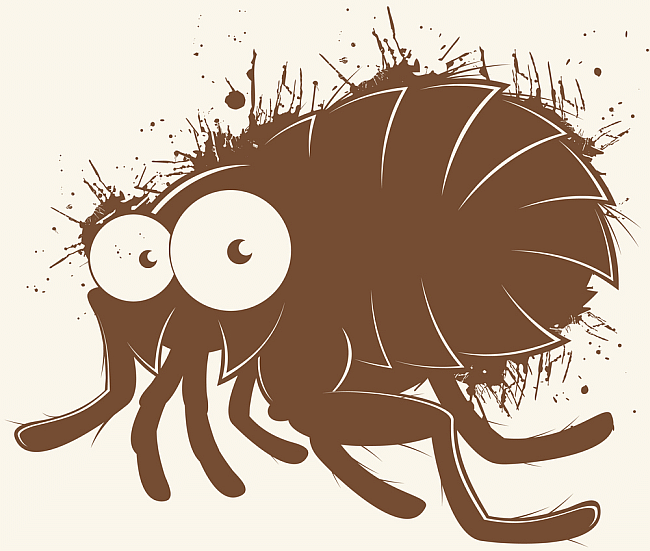
Your pup is scratching again. And again, and again. It could be more than just an allergy to a new sweet-smelling shampoo you have been trying; perhaps your dog has been infested by fleas. Cats and dogs that frequently come into contact with other animals, or spend plenty of time outdoors, can pick up bugs and other unpleasant parasites from time to time. Here are some tips on how to prevent and treat a flea infestation:
The best methods of protecting your pet are always preventative. 1) Make sure you know where your cat or dog spends his time, and keep him away from any suspicious creature who looks like he has bald areas, hot spots, frequent itching, or one that simply does not look like he is getting proper care. This is particularly important at dog parks, pet play dates, or when unfamiliar cats come to the neighborhood. Be on your guard to protect your dog or cat from other animals with symptoms. 2) Wash your pet. This may seem like an obvious admonition, but the reality is that pets are far less likely to provide a good foster home for unwanted pests if they are being regularly washed with strong flea-repellent shampoos. 3) Use natural cleansers to keep your dog or cat’s coat clean. This might involve combing their fur with an anti-flea comb, which will sift through the hair and bring fleas to the surface. It also might include spraying their fur with lemon juice, apple cider vinegar, or essential oils which will help your dog’s fur stay squeaky clean and free from unwelcome visitors.
If your pet is already under siege from fleas, there are multiple treatment options to rid them of the bugs. 1) Switch to a flea/tick shampoo containing prethrins, and leave the product on your pet’s skin for 10-15 minutes. This will ensure that all the current fleas have all been killed. If you are worried that the fleas may come back, continue to use the products for some weeks hence. 2) Alternatively, before shampooing your pet, use a flea aerosol spray, flea powder, or a flea and tick dip, which will not only attack the living fleas, but also any eggs which may be there. 3) Put on a flea collar for your dog or cat to help ward off future fleas, and check often to make sure it is working effectively and is not too tight on your cat or dog’s neck. 4) Finally, feed your pet flea killing medication, which will attack the fleas from the inside out. The medication will give every flea lufenuron when he bites the skin, which will inhibit any flea eggs from hatching. Following topical treatments with this kind of internal protection is a sure way to keep your puppy or kitty bug-free!

